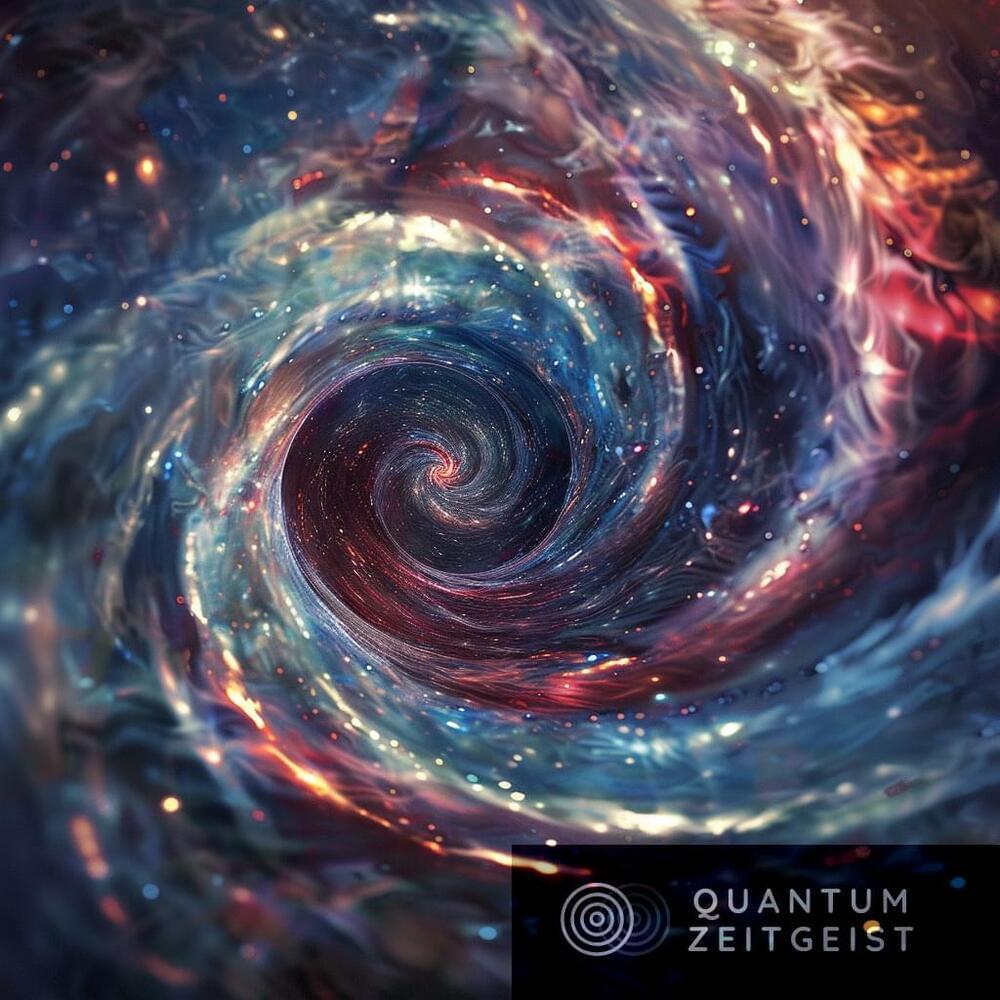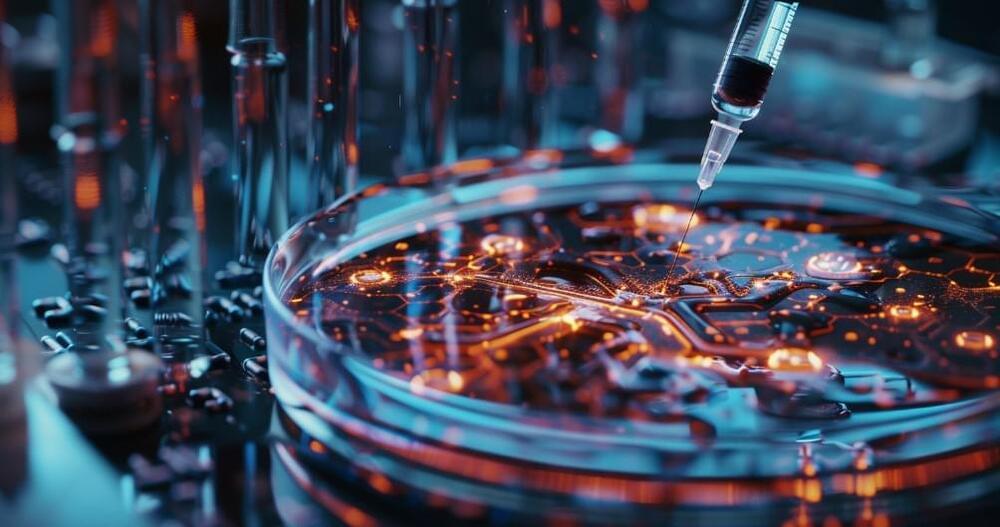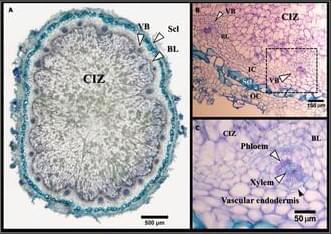Page 245
Jul 18, 2024
Spiral Multiverse Theory Challenges Big Bang, Proposes Network Of Interconnected Universes
Posted by Dan Breeden in categories: computing, cosmology, singularity
The Spiral Multiverse Theory, proposed by computer engineer Tejas Shinde, challenges the conventional Big Bang theory by suggesting a continuous spiral pattern universe originating from a single point, or singularity. This theory posits that each universe begins with its own bang, forming a network of interconnected universes expanding in a spiral shape. The theory introduces the concept of interdimensional quasars as portals for multiverse travel and suggests each universe undergoes its own inflation without observable changes in the cosmic microwave background. This new perspective on cosmic evolution could open up new avenues for scientific exploration and understanding.
The Spiral Multiverse Theory, proposed by Tejas Shinde, a computer engineer, suggests a continuous spiral pattern universe originating from a single point, known as a singularity. This theory challenges the conventional Big Bang theory, which posits a singular explosive origin for the universe. Instead, the Spiral Multiverse Theory proposes that each universe begins with its own bang, forming a network of interconnected universes. This network, or multiverse, expands in a spiral shape, with the width and length of the arms expanding as the universe expands. The point where all universes connect is referred to as the Everyverse.
The Spiral Multiverse Theory offers a fresh perspective on cosmic evolution and presents a potential path for practical research. It introduces the concept of interdimensional quasars as portals for multiverse travel. The theory also suggests that each universe undergoes its own inflation without observable changes in the cosmic microwave background, a remnant radiation from the Big Bang.
It takes an incredible amount of energy to both train and operate artificial intelligence software, as we explored last week in The Bleeding Edge – AI’s Thirst for Power.
OpenAI’s GPT-4 generative AI, which powers its ChatGPT, required about 10 megawatts (MW) of electricity to train. That’s roughly equivalent to the power requirements of 10,000 average homes.
It’s also about 833,000 times the electricity required to power the human brain.
Jul 18, 2024
The Universe’s Second, Bigger Bang
Posted by Dan Breeden in categories: cosmology, particle physics

Visit https://brilliant.org/scishow/ to get started learning STEM for free. The first 200 people will get 20% off their annual premium subscription and a 30-day free trial.
In 2023, a team of researchers proposed that our universe experienced not one, but TWO Big Bangs about a month apart from one another. The first for the stuff described by our Standard Model of Particle Physics. And the second for that ever elusive Dark Matter and all the particles associated with it.
Jul 18, 2024
🌄 Dark Matter, Does it Matter? Ft. Astrophysicist, Ethan Siegel
Posted by Dan Breeden in category: cosmology
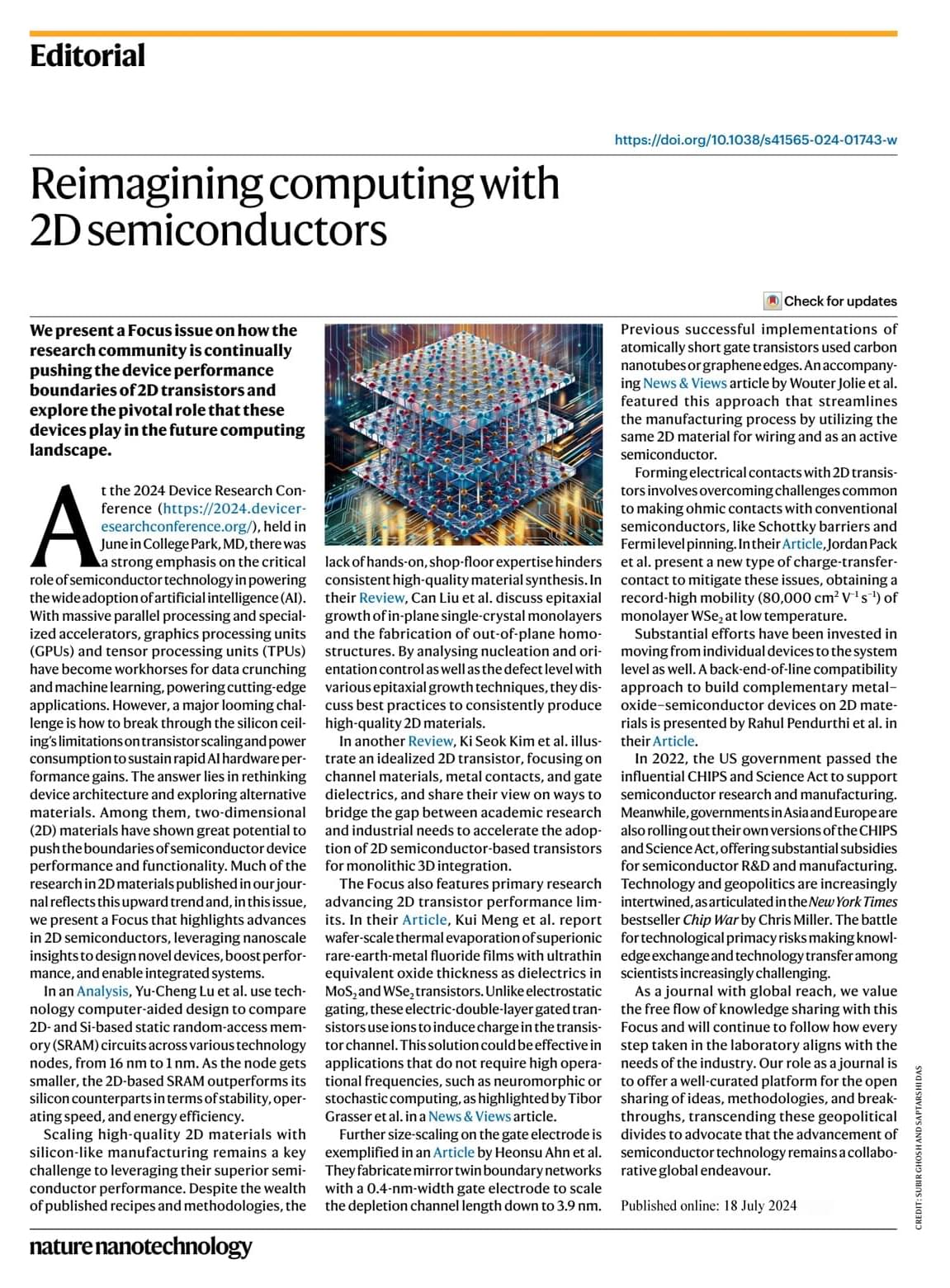
The Sunny Spot | Sunny Shell speaking with guest, Ethan Siegel. Dr. Ethan Siegel’s discussions often emphasize the broader implications of habitable zones, in…
Jul 18, 2024
Visualization and Quantitative Evaluation of Functional Structures of Soybean Root Nodules via Synchrotron X-ray Imaging
Posted by Shubham Ghosh Roy in categories: information science, robotics/AI
Published in Plant Phenomics:Click the link to read the full article for free:
The efficiency of N2-fixation in legume–rhizobia symbiosis is a function of root nodule activity. Nodules consist of 2 functionally important tissues: (a) a central infected zone (CIZ), colonized by rhizobia bacteria, which serves as the site of N2-fixation, and (b) vascular bundles (VBs), serving as conduits for the transport of water, nutrients, and fixed nitrogen compounds between the nodules and plant. A quantitative evaluation of these tissues is essential to unravel their functional importance in N2-fixation. Employing synchrotron-based x-ray microcomputed tomography (SR-μCT) at submicron resolutions, we obtained high-quality tomograms of fresh soybean root nodules in a non-invasive manner. A semi-automated segmentation algorithm was employed to generate 3-dimensional (3D) models of the internal root nodule structure of the CIZ and VBs, and their volumes were quantified based on the reconstructed 3D structures. Furthermore, synchrotron x-ray fluorescence imaging revealed a distinctive localization of Fe within CIZ tissue and Zn within VBs, allowing for their visualization in 2 dimensions. This study represents a pioneer application of the SR-μCT technique for volumetric quantification of CIZ and VB tissues in fresh, intact soybean root nodules. The proposed methods enable the exploitation of root nodule’s anatomical features as novel traits in breeding, aiming to enhance N2-fixation through improved root nodule activity.
Jul 18, 2024
DARPA picks UT Austin to house microelectronics manufacturing hub
Posted by Genevieve Klien in category: futurism
Through the $1.4 billion partnership, DARPA will establish a domestic center for microelectronics manufacturing at the university.
Jul 18, 2024
Wrong about Mars again!! Radiation not as deadly as Elon Musk’s critics originally thought!
Posted by Dan Breeden in categories: Elon Musk, space
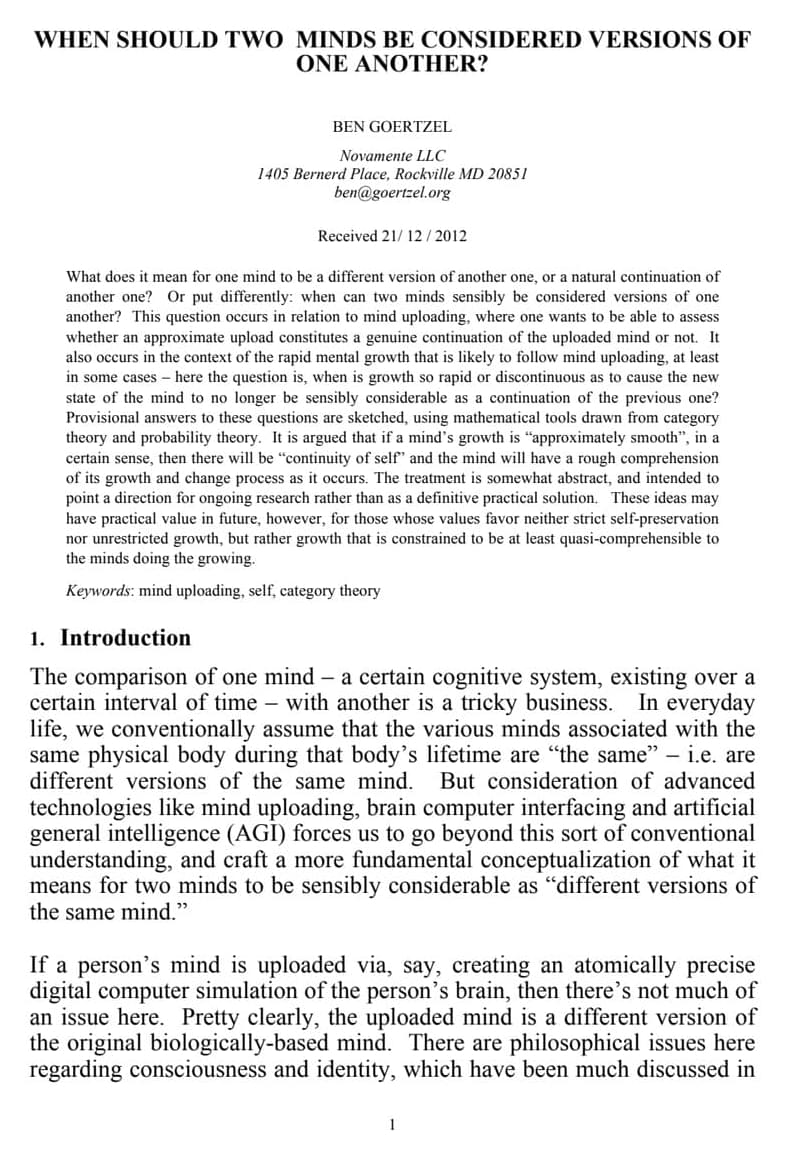
When Elon’s critics say that Mars colonization is impossible, citing radiation as the main threat. They could not be more wrong…#space #nasa #mars Please…
Jul 18, 2024
Altered Carbon (Takeshi Kovacs #1) by Richard K. Morgan Audiobook Full 1/2
Posted by Dan Breeden in category: neuroscience
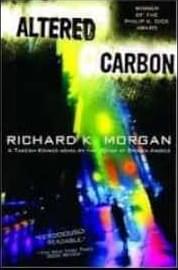
It’s the twenty-fifth century, and advances in technology have redefined life itself. A person’s consciousness can now be stored in the brain and downloaded into a new body (or \.
Jul 18, 2024
Why are scientists shooting mushrooms into space? — Shannon Odell
Posted by Jose Ruben Rodriguez Fuentes in category: space travel
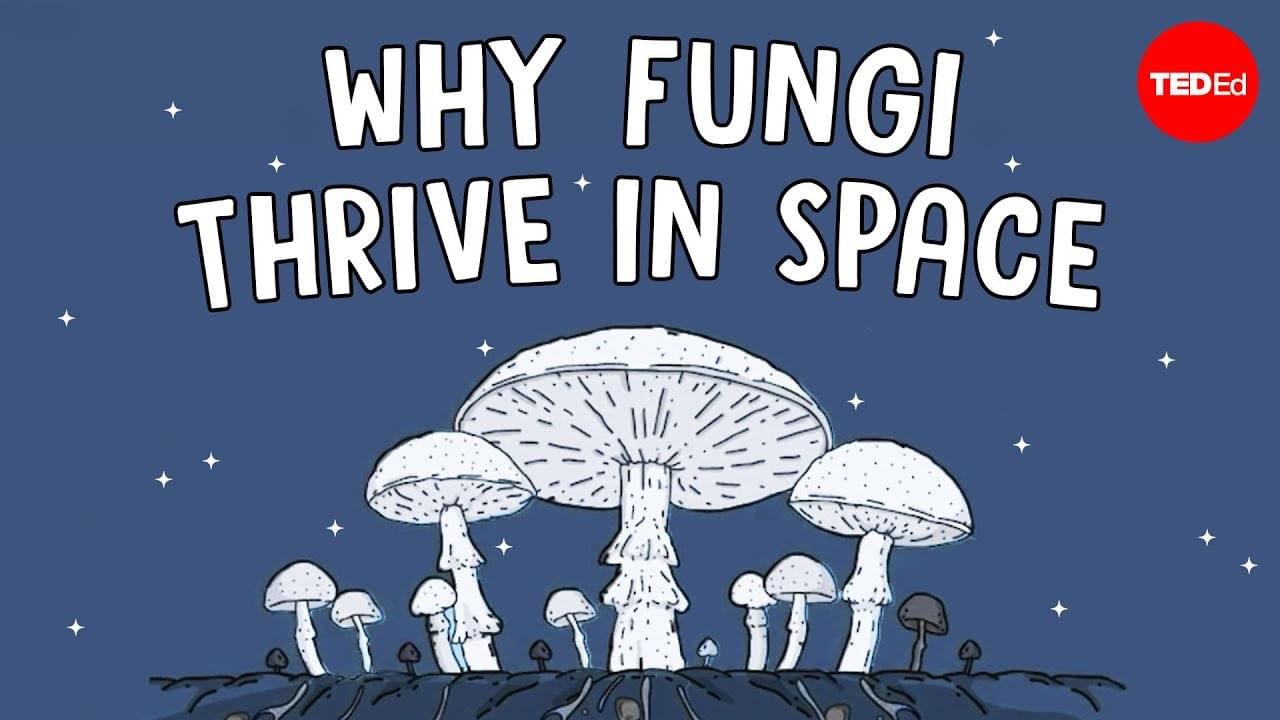
Explore the unique characteristics that make fungi so resilient, and find out why they may be the key to future space travel.
Astronauts aboard the space station Mir made a frightening discovery: several species of Earth-derived fungi were found growing throughout the shuttle, blanketing air conditioners and corroding control panels, putting both the station’s integrity and their lives at risk. How had the fungi survived the journey to space? Shannon Odell shares why fungi may be the key to our future on other planets.
Continue reading “Why are scientists shooting mushrooms into space? — Shannon Odell” »

